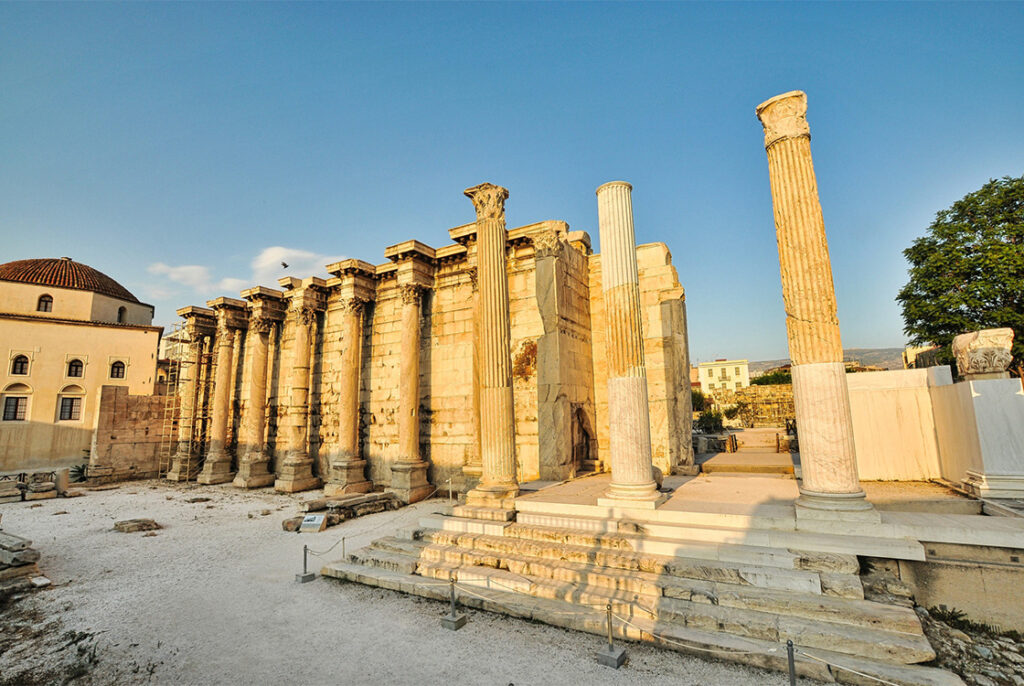Library of Hadrian Athens
The Library of Hadrian Athens: Where Knowledge and Architecture Converged
In the heart of ancient Athens, the Library of Hadrian stood as a beacon of wisdom and intellectual pursuit. Built during the Roman period, this architectural marvel was more than just a repository of scrolls; it was a sanctuary of learning, a testament to the profound respect for knowledge in classical society.
Architectural Marvel
Constructed by Emperor Hadrian in the 2nd century AD, the library was a masterpiece of Roman architecture. Its Corinthian columns and ornate facades made it a symbol of elegance and erudition, inviting scholars and philosophers into its hallowed halls.

Hub of Intellectual Exchange
The Library of Hadrian wasn’t merely a collection of books; it was a vibrant center of intellectual exchange. Scholars, poets, and thinkers gathered here to discuss philosophy, literature, and science, creating an atmosphere that nurtured creativity and innovation.
Cultural Legacy
Over the centuries, the library’s influence transcended its physical boundaries. It became a symbol of classical education and a testament to the enduring pursuit of knowledge, leaving an indelible mark on the cultural fabric of ancient Athens.
Preservation Efforts
Today, the remnants of the Library of Hadrian stand as a testament to the ingenuity of ancient architects. Though time has taken its toll, preservation efforts ensure that this historical gem continues to inspire awe, allowing modern visitors to connect with the intellectual fervor of ancient scholars.
A Place of Inspiration
Visiting the Library of Hadrian is a journey through the annals of history, a chance to stand amidst the echoes of ancient debates and scholarly discussions. It is a reminder that the pursuit of knowledge, which once flourished within these walls, remains an eternal beacon guiding humanity toward enlightenment and understanding.



